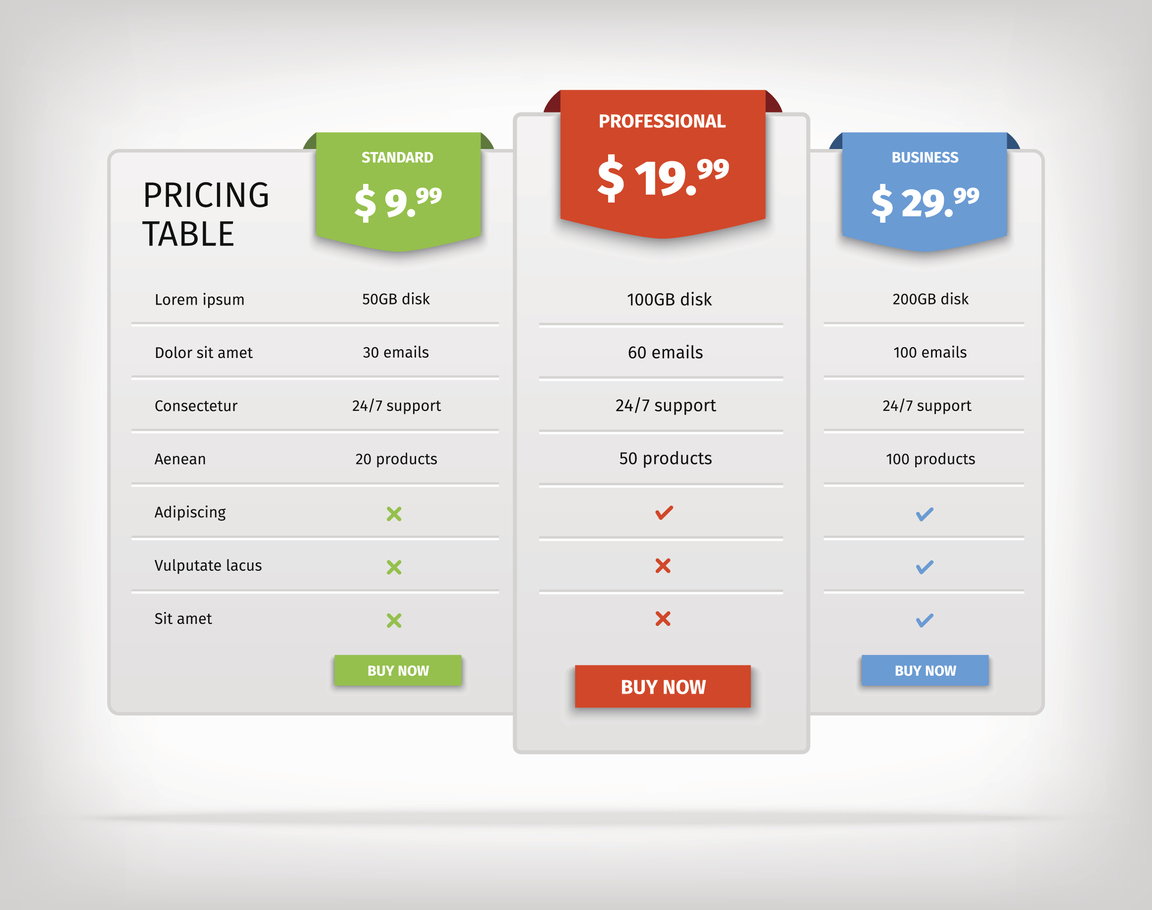12 September 2022
The 4Ps of Marketing (also known as The Marketing Mix) are the controllable elements used by firms to develop differentiation and competitive advantage
Marketing is a branch of management that focuses on the customer's and potential buyers of a firm's products (or services) and seeks to influence their decision to purchase either now or in the future.
The original theory holds that the firm's decision making and marketing activities can be grouped into four main categories...
PRODUCT
PRICE
PLACE
PROMOTION
Decisions about the quality and nature of each of these elements (and their subsequent implementation) are made to maximize the attractiveness of the firm's products (or services) in comparison to alternatives offered by competing firms who may also be offering similar or substitute products (or services).
The driving force behind competitive advantage is differentiation. That is, customers perceive your offer to be different and superior to the competitors as befits their individual wants and needs. The Marketing Mix breaks these differentiation decisions down into four categories.
Implicit in the 4Ps model is the idea that achieving competitive advantage has a significant promotional component (communicating the value proposition, specific messaging, and product information) aimed at raising awareness and generating a call to action.
After all, the potential customer isn't clairvoyant - superior product, price, and place would be ineffectual if the customer has not been informed.
This is covered by the 4th "P" being Promotion.
Generally, this activity is called advertising but The Promotions Mix covers all possible forms of engaging with and communicating with potential customers including direct selling (sales representatives), digital marketing, public relations, etc. It's a huge topic and the place where most of the marketing budget is spent.
However, the 4Ps model is designed to ensure that all of the strategic settings are contemplated and adjusted to achieve a superior competitive advantage.
It needs to be said that most people think the word "Marketing" is synonymous with "Promotion" and overlook the other three elements (Product, Price, Place) treating them as a given.
Product strategy

The product is obviously the physical item (or service) being offered by the firm. The physical attributes of the product, the quality of the product, and how it is packaged are the primary decisions to be made as part of a product strategy.
However, the customer's perception and experience of the product is greatly influenced by the services that accompany the product, how it is branded, and how the product is positioned. The total product concept must encompass these elements.
The cost of producing the product is directly influenced by the product strategy which affects the price and therefore the affordability of the product.
Read more about Product Strategy.
Price Strategy

The marketer must also set an appropriate price for the product (or service) which sits somewhere between the cost of producing and delivering the product and the maximum price customers are prepared to pay. This difference (or margin) generates the firm's profit.
However, profit is also greatly influenced by sales volume. Depending on the elasticity of market demand, increasing price usually reduces sales volume (but not always). Thus, the pricing strategy is a balancing act that must consider the customer's capacity to pay, the competitor's offer, and the effect of price on sales volume.
The balancing act referred to above is complicated by the function that describes the effect price has on volume, what is the shape of the curve? Even though increasing price may decrease volume, this may be worth it because Price X Volume = Profit. If sales volume decreases at a slower rate as Price Increases, profit can be maximised. However, there will be a point where the profit curve peaks and rolls off.
Much of the marketer's work is tweaking the other three of the 4Ps (Product, Place, and Promotion) to avoid competing using Price (discounting). However, Price Strategy is also about obscuring the true price of products (for example by bundling the product with something else) to avoid direct comparison with competition.
Read more about Price Strategy.
Place Strategy

Another decision the marketer must make is to consider the place where the product or service will be made accessible to the customer and facilitate their process for considering the product prior to purchase.
Making the product accessible is achieved through selecting a distribution strategy.
Place strategy is more than just distribution because after deciding to go direct-to-market or working through intermediaries (distributors) there is still a lot of work to do to optimize the value of the distribution channel and to maximize the quality of the customer's purchase experience
Whatever it is, wherever it is – the role of the marketer is to envisage this place and make decisions about the customer experience to maximize the chance and value of purchase.
Read more about Place Strategy.
Promotion Strategy

Apart from the products themselves, promotion is the most visible manifestation of the marketing mix, and is the efforts undertaken by a firm to create demand.
Promotion is more commonly known as advertising, but also encompasses a wide range of activities to inform people about products, services, or any other message. Promotion includes (for example) public relations, digital marketing (paid and unpaid), exhibiting at trade shows, sponsorship, electronic direct mail, and also includes direct selling by the company principal or sales people.
For organisations that depend heavily on direct selling (via a team of sales people), the firm may develop a formal Selling Model, which defines the customer journey, demand creation method, distribution strategy, and the structure and roles of the sales force.
For organisations that depend on marketing channels to reach customers more effectively firms may also develop formal Channel Marketing structures and processes.
Read about Promotion Strategy.
Marketing strategy
The combined strategic decisions about Product, Price, Place, and Promotion comprise the Marketing Strategy.
Customers have varying wants, needs, and financial capacity when considering products and thus can be grouped into market segments. The existence of different market segments and competitors drives the need to make decisions about each of Product, Price, Place, and Promotion in order to make the product more appealing to one or more of these market segments. This is called product positioning.
Customers may choose to buy your product, the competitor's product, or choose not to buy anything at all. Marketing is about influencing this decision. Product, Price, Distribution, and Promotion are the tools for developing this influence.
Read more about Marketing.
